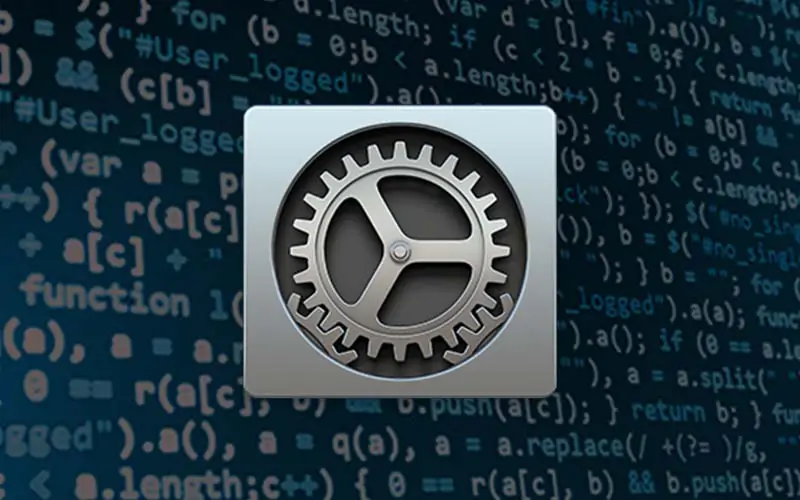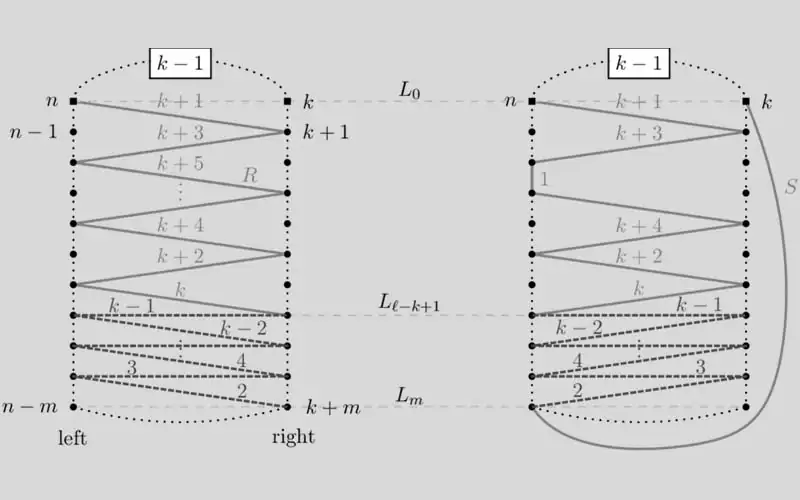Describe the Functions and Features of Device Driver.
In computing, a device driver is a computer program that operates or controls a particular type of device that is attached to a computer. A driver provides a software interface to hardware devices, enabling operating systems and other computer programs to access hardware functions without needing to know precise details of the hardware being used.
Function and Features of Device Driver:
Using interrupts driven device drivers to transfer data to or from hardware devices works well when the amount of data is reasonably low. Device drivers have to be careful when using memory. As they are part of the Linux kernel they cannot use virtual memory. Each time a device driver runs, maybe as an interrupt is received or as a bottom half or task queue handler is scheduled, the current process may change. The device driver cannot rely on a particular process running even if it is doing work on its behalf.
Like the rest of the kernel, device drivers use data structures to keep track of the device that it is controlling. These data structures can be statically allocated; part of the device driver’s code, but that would be wasteful as it makes the kernel larger than it need be. Most device drivers allocate kernel, non-paged, memory to hold their data.




